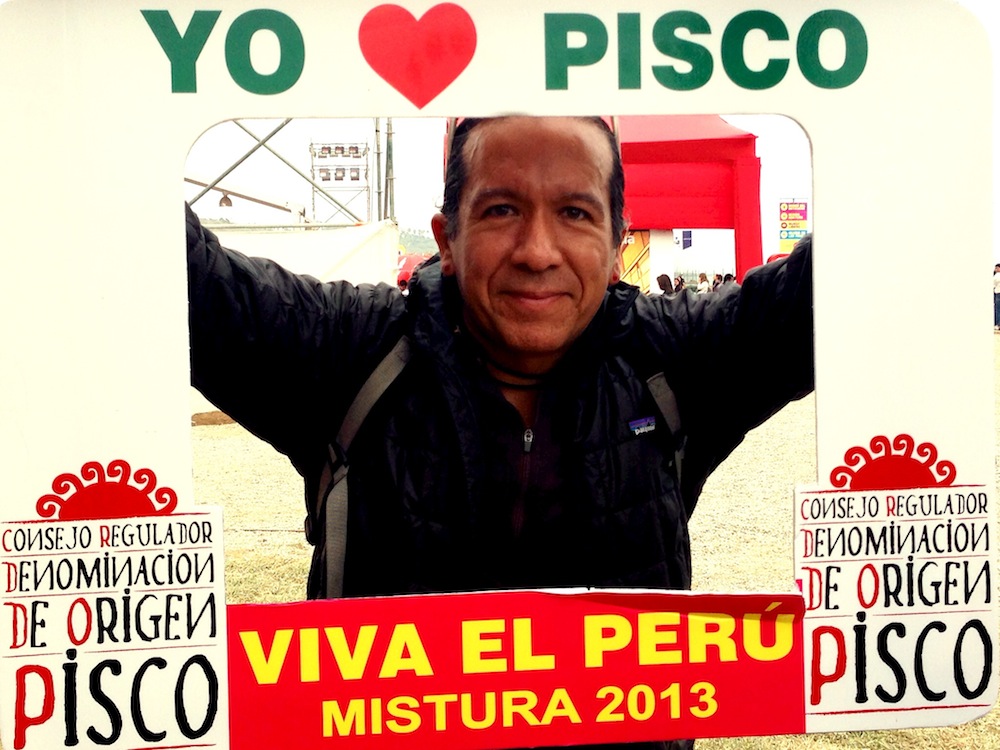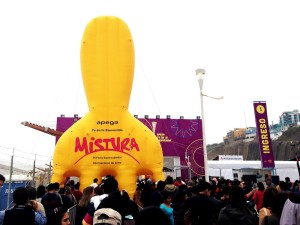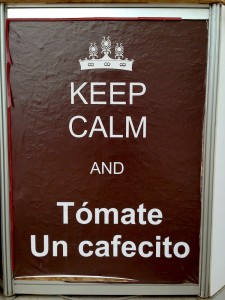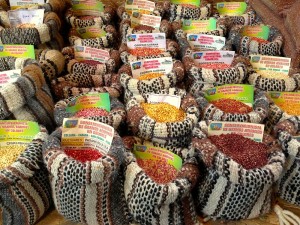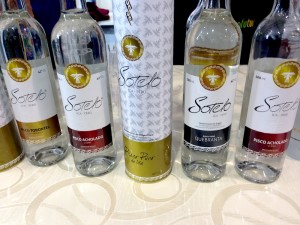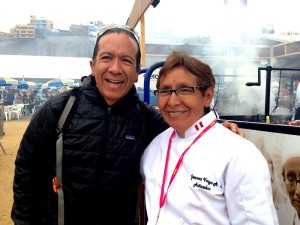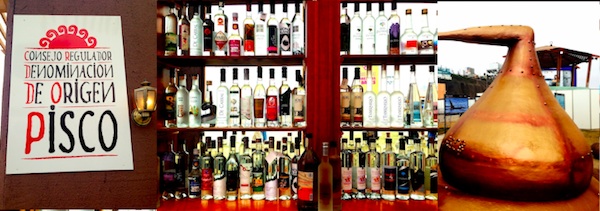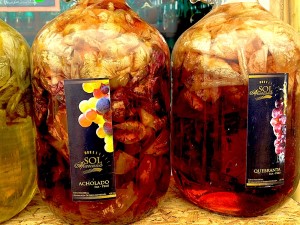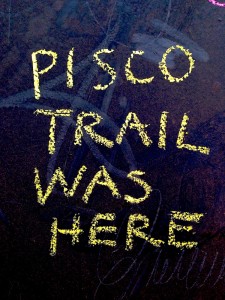The first time I saw the trailer for the documentary about Mistura, I was choked up by the truth it conveyed: Peruvians, more than anything, love their food. Love. So you can imagine the emotions I felt as I walked into the festival for the first time, a world of colors, smells, sounds, and tastes, waiting for me. It only took me two years, but I finally made it, and this is how I spent my day at Mistura.
The first thing you need to know about Mistura, is that it’s organized into “Mundos” or Worlds: the World of Lima, the World of Ceviche, the World of Pisco Bars, and more. Set overlooking the Pacific Ocean along the Costa Verde, I walked from one World into another, a journey all across Peru, from the coast, to the Andes mountains, to the jungle, and from the North to the South. Nowhere will you find ingredients and dishes as diverse, unique, and delicious, as in Peru. That’s how you’ll feel after spending one day here.
What makes Mistura unique among other food festivals I’ve attended is that it showcases both chefs and producers. Attendees can buy tickets to purchase food or drinks at different kiosks, but they can also visit the market to learn where the ingredients came from, meet the farmers, and deepen their understanding of Peruvian cuisine.
Since it was still morning, I started with a taste of Peruvian cafe before wandering into “El Gran Mercado,” a large market with produce from all regions of Peru. Never had I seen so many different types of quinoa, which was described as a “future that was planted thousands of years ago.” The plan was to work my way to the World of Pisco Bars later in the day, so imagine my surprise when I found a selection of artisanal Pisco in the market, and being asked “would you like to try some?” — Si, por favor!
When I mentioned that I lived in California, in unison they all shouted “el Pisco Punch!” — and immediately I had their attention as I began to tell the story of the Bank Exchange and Duncan Nicol, and how the Pisco Punch was the cocktail of San Francisco in the late 1800’s. After tasting at least half a dozen grape varietals, and talking to the Pisco producers there, I left with a sense of shared pride that I had never experienced before.
While deciding where to have lunch, I walked by the World of Anticuchos, and at that precise moment, in a chance meeting that only the Universe could arrange, one of my heroes appeared in front of me — Grimanesa Vargas. Her anticuchos, or Peruvian style beef heart kebobs, were without question the best that I’ve ever tasted in my life, and I knew why Time magazine proclaimed her anticuchos one of the 24 best kept secrets in the world. I introduced myself, gave her my Pisco Trail business card, extended an open invitation to visit California, and like any fan, asked if I could take a photograph with her.
After a two part lunch: rotisserie chicken from La Granja Azul, and lamb stew from La Picanteria, I finally found the Pisco Museum, flanked by a denomination of origin Pisco sign on one side and giant copper alembic on the other. While here in San Francisco I am used to seeing only a handful of different Pisco labels at most bars, this museum was wall to wall and floor to ceiling Pisco bottles. Like a kid in a candy store, I stared and wondered how long it would take me to taste them all.
The rest of the afternoon seemed to fly by as I “researched” (translation, imbibed) different variations of one of my favorite Pisco cocktails, the Chilcano. In an upcoming post I will talk more about all the different Pisco cocktails I enjoyed and different bars I visited in Lima. But that afternoon was all about the Chilcanos from Capitan Melendez, Mayta, Santa Diabla, and the Pisco Bar.
What was really new to me here was the amount and variety of macerados, or Pisco infusions, that everyone was making with every imaginable ingredient: from coca leafs, to hot peppers, or dried fruits, the Pisco of different colors hinted at the exotic flavors inside. Perhaps my favorite flavor was the maracuya, or passion fruit infused Pisco, and I suspect I’ll be making it when I return to San Francisco.
As I was leaving Mistura, I noticed a chalkboard wall, where everyone was leaving a message, a drawing, a poem, or a picture. And I couldn’t resist writing something. Brief, to the point, in block letters, a few words that marked by first visit to Mistura — Pisco Trail Was Here.
Later that night, my walk through the streets of Miraflores led me to the door of Astrid y Gaston, Gaston Acurio’s restaurant which was recently ranked the number 1 in South America and number 14 in the world in the San Pellegrino list. Still in a daze from my day at Mistura, and with only a few days before I had to return to San Francisco, I walked in and asked about booking a table for their tasting menu. Yes, this week please. Only lunch openings? I’ll take it, thank you. I left with a smile that I could no longer hide, but little did I know what kind of experience awaited me when I returned.
To be continued…
